Colourful and clever – 2021’s best gadgets
From Apple’s rainbow iMacs to Peloton’s at-home fitness revolution, the latest life enhancers do just that.

From Apple’s rainbow iMacs to Peloton’s at-home fitness revolution, the latest life enhancers do just that.
Apple iMac
Apple has returned to the dazzling days of yesteryear with a multiple colour iMac range. The new 2021 line-up comes in green, yellow, orange, pink, purple, blue or silver. If you have a long memory, you’ll remember the iMac G3 of the late 1990s and its beautiful array of colours.
■ READ THE LIST: 100 Innovators 2021
Apple is branding the new iMacs as computers you show off on a kitchen bench or dining table, or in a hallway where it is used by multiple family members.
There are two variants – a $1899 model with two Thunderbolt/USB 4 ports on the back and a $2199 with two USB-3 and two USB4/Thunderbolt connections. That’s a lot of fast connections.
You get a quality build: a low-carbon aluminium frame and an impressive 24-inch Apple 4.5K retina display. However, 24 inches isn’t that big for a computer display these days.
You’re also stuck with what you get with an all-in-one computer. The display and computer are a single unit, and that means limited flexibility. You can’t change the screen or the graphics card on a whim, or install an extra hard drive as with a traditional desktop. Choose carefully.
The most important addition this year is Apple’s homegrown M1 chip. Apple has ditched Intel in favour of designing its computer chips, and the speed increase is marked. We’ve already seen a big performance boost with M1-enabled chips on new Mac mini, MacBook Air and MacBook Pro.
However, the M1 chip won’t handle some older programs and apps. Apple has partly compensated for this with software that runs older programs quickly. If you have old software that you need to run, check with Apple.
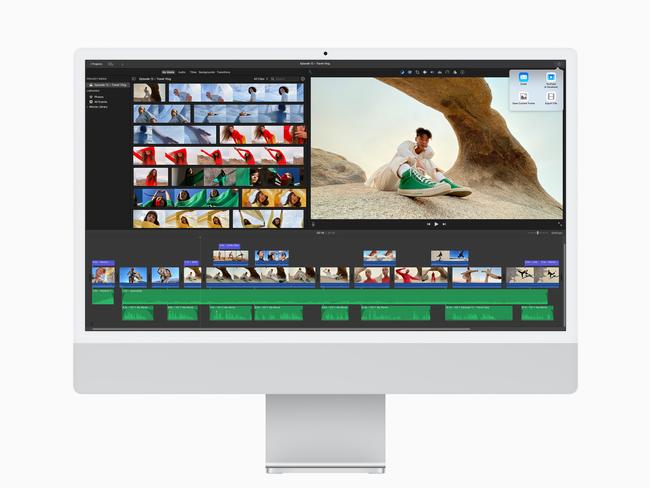
On the other hand, the 2021 iMac will run your iPhone and iPad apps in what’s becoming a unified Apple software ecosystem.
You get a full HD FaceTime camera for video calls and the speakers offer crisp and loud sound without distorted bass. The volume is loud enough to be enjoyable without attracting the ire of neighbours.
The new iMac plays well with other Apple devices. I could unlock my review iMac by wearing an Apple Watch. The new iMac wireless keyboard includes a TouchID key so I could unlock the iMac with that too.
I could use the “sidecar” feature where an iPad becomes the iMac’s second screen, and the “hand-off” feature to swap from viewing a web page on the iMac to quickly viewing the same web page on an iPad.
In the end you get more power and graphics capability, improved specs and new functionality. The issue is whether you like Apple’s all-in-one form factor.
Dyson V15 Detect
Dyson’s 2021 V15 Detect vacuum has new tricks. It has a small screen that shows a bar graph of categories and amounts of dust particles it has siphoned up.
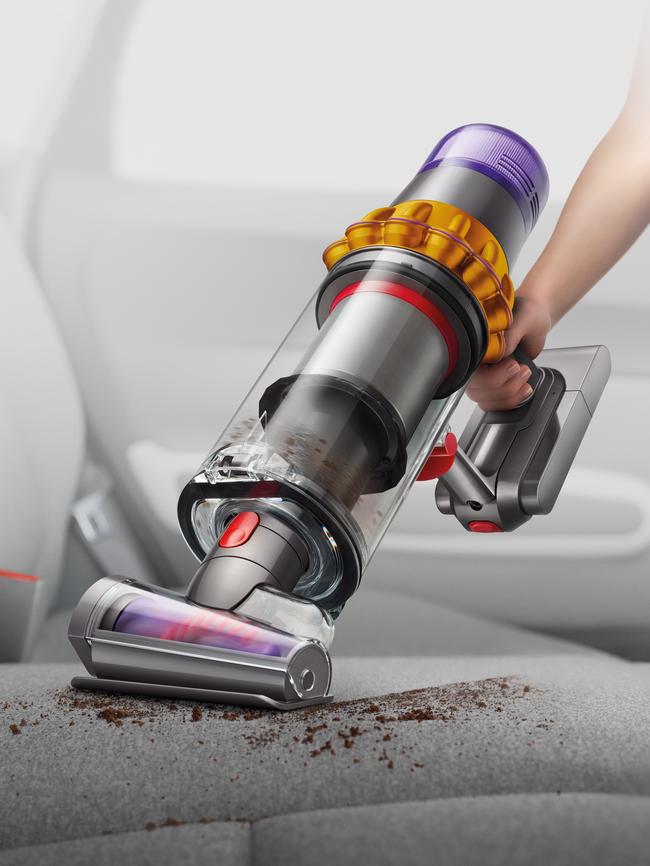
Further it has a green laser light that’s angled at 1.5 degrees and shows the dust layer on your carpet. You don’t have to remember where you vacuumed.
It can vary the suction power depending on the floor type and the amount of dust, and it can separate particles as small as 0.1 to 0.2 microns.
There are two versions: $1399 and $1449 with a HEPA filter.
DJI Mini 2 Drone
The Mini 2 is an affordable, foldable DJI drone that weighs just 249g and is packed with tech. DJI says it is capable of delivering an HD video feed from up to 10km away using its proprietary wireless technology. It can snap 12MP images and shoot 4K video at 30 frames per second.
It comes with preset modes where the drone performs set flying routines automatically. It shoots 180 degree wide-angle panoramas, triple shot and timed shots.
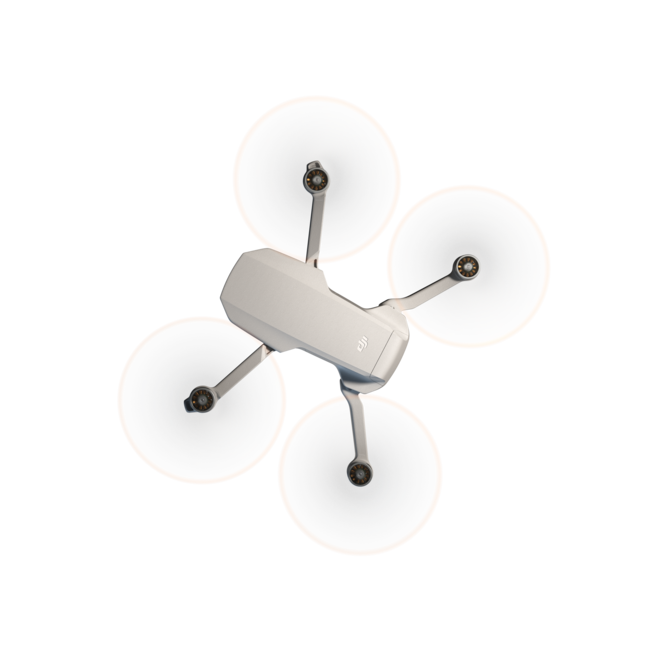
DJI includes editing software and sharing on social media. Mini 2 Drone flies up to 31 minutes on a single charge. It costs $749 or $949 with extra accessories.
Peloton Bike Plus
A new era of fitness tech has dawned during the pandemic with people wanting to keep fit at home. Apple launched Fitness+ in December last year and two other fitness systems that pre-existed took off. There was the gamified version of cycling with Zwift and, in the US, Peloton thrived.
Peloton was founded in 2012 but has shone in the US in the past year. It not only offers thousands of live and recorded global connected fitness classes that you attend virtually via a screen, but sells equipment: so far two treadmills and two bikes.
Peloton is now entering Australia, launching its digital membership ($59 per month) with access to all its classes on its app, and the Peloton Bike ($2895) and Bike Plus ($3695). The bikes work with cycling classes available through the app.
Australia is the first Asian Pacific country to have Peloton. If you’re not into cycling, you can use the app to view fitness classes on your phone or TV. Peloton has around 40 instructors who pump out fresh classes all the time.
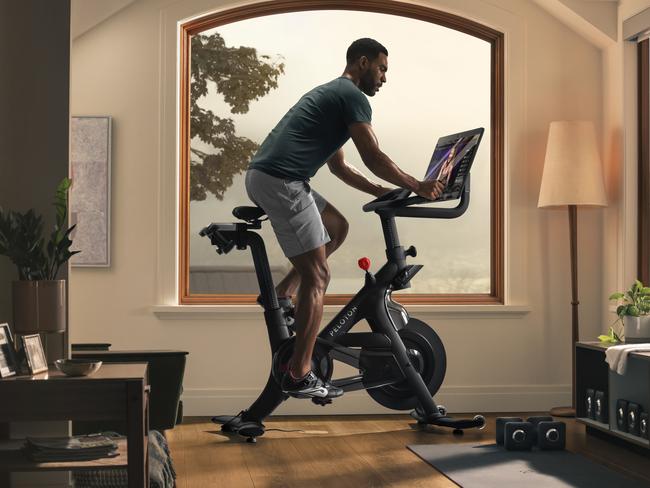
There’s about 100 hours of fresh content available each week. About 5.4 million people workout with the bike and app and 800,000 fly solo with the app. Users on average work out for 26 hours per week on Peloton.
Classes are streamed from New York and London however Peloton says some will take place in the morning AEST so you won’t be attending live classes in the middle of the night.
The instructors are mostly American or British, however Peloton has appointed its first Australian instructor, a yoga teacher (she films in New York) and Peloton promises more Australian instructors.
The difference between Bike and Bike Plus is mainly the larger 23.8-inch swivel screen on Bike Plus. The regular Bike has a 21.5-inch screen.
Peloton uses a combination of cadence and resistance to set the degree of difficulty of cycling with instructors recommending the combination to use. Instructors can automatically set them if you use a Bike Plus. You can always turn down the resistance if you struggle.
Music is a major part of Peloton and you can choose from a series of playlists. You are shown cycling sessions that match that playlist choice and, if you like the tracks, Peloton can share that playlist with Apple Music and Spotify.
Bikes are set up to use proper clip-in cycling shoes but they are not obligatory.
Zega smart cookers
Brendan and Con Dunne spent their careers designing cookware for other brands. They estimate their designs have led to the manufacture of 25 million consumer products.
Now they’ve designed a smart cooker with an internet option sold under their own names.
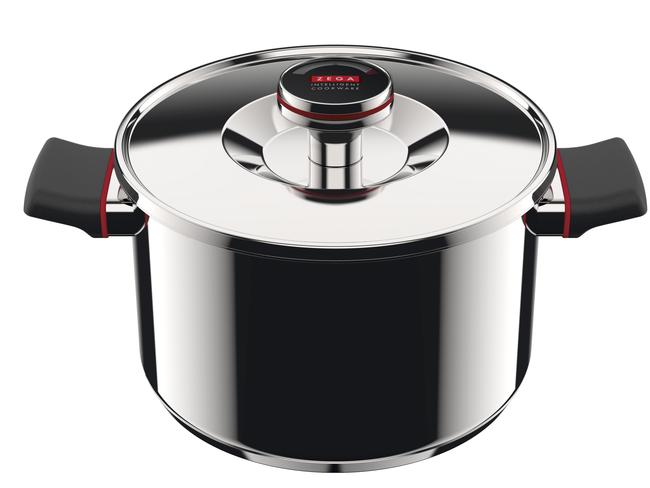
The Zega Analogue ($149) and Zega Digital ($199) are basically the same, but the digital version is internet connected and can update your phone or Apple Watch on cooking progress.
You choose from Zega recipes or your favourite meat cut and the app sets up a timer.
Another trick is the insulation layer. The app tells you when to take the Zega off the stove and to let it self-cook which could take a couple of hours. That’s power saving.
It tells you when dinner is ready.
Samsung TVs
LED TVs are going through a revolution. Now hundreds of tiny LEDs can be produced on wafers and are microscopically small. New LED screens offer more precise light control over smaller areas of the screen with purer black and white colour regions similar to more expensive organic LED screens.
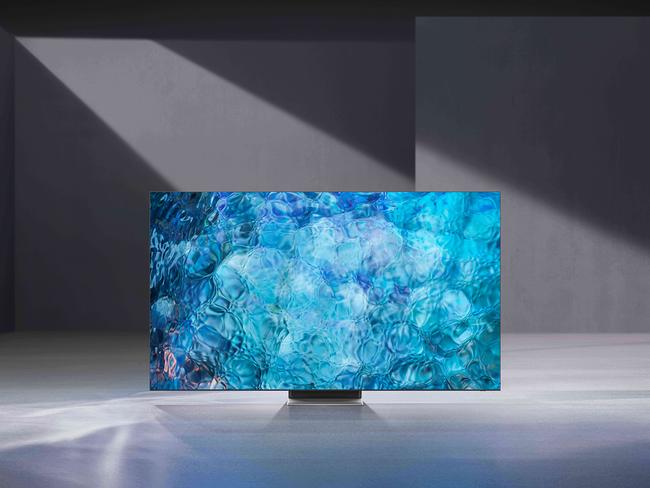
Samsung’s QN900A 85-inch Neo QLED 8K is relatively expensive at $13,999, but smaller 75, 65, 55 and 50-inch sets are $6399, $4899, $3849 and $2848 respectively.
The screens are almost borderless and Samsung has redesigned its One Connect Box to be slimmer. There are only two cables to connect on wall-mounted TVs – a power cord, and a connector cable from the TV to the box on your floor. It’s easy to add a DVD player and games console.
